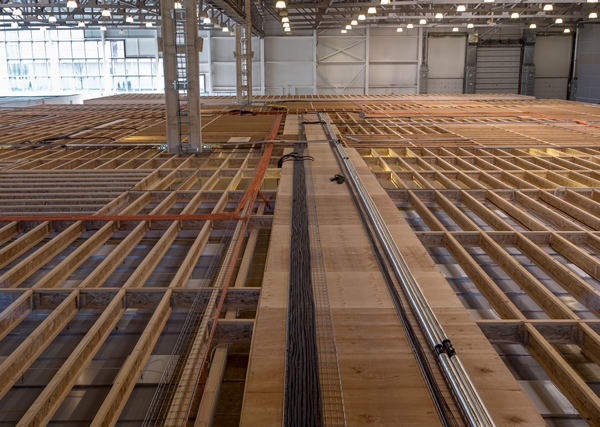
If your organization is considering building a data center, determine the proper facility tier classification standard to follow based on the desired level of facility performance and availability.
Data facility classification standards were implemented by the Uptime Institute, which is a leading third-party data center research, education, and consulting organization. The Uptime Institute focuses on data center performance and efficiency and its Tier Standard Classifications are recognized as the industry’s most trusted global standard for data facility reliability and overall performance.
The Tier Standard Classifications allow for various levels of performance to be chosen based on the intended applications and business parameters associated with those applications. Tier Standard Classifications were created to describe the infrastructure required to sustain data facility operations. All subsystems and systems must be consistently deployed with the same facility uptime objective to satisfy the unique tier requirements. Therefore, the tier rating for an entire data facility is limited by the rating of the weakest subsystem that impacts facility operations.
The four Tier Standard Classifications as defined by the Uptime Institute include:
Want to know where the most significant deviations from the Tier Standard Classifications occur? Read our article: Data Facility Tier Standard Classifications – Frequent Non-Compliance Trends

| Data Center Tier Requirements Summary | ||||
|---|---|---|---|---|
| Tier I | Tier II | Tier III | Tier IV | |
| Minimum Capacity Components to Support the IT Load | N | N + 1 | N + 1 | N After any failure |
| Distribution Paths - Electrical Power Backbone | 1 | 1 | 1 Active + 1 Alternate | 2 Simultaneously Active |
| Critical Power Distribution | 1 | 1 | 2 Simultaneously Active | 2 Simultaneously Active |
| Concurrently Maintainable | No | No | Yes | Yes |
| Fault Tolerance | No | No | No | Yes |
| Compartmentalization | No | No | No | Yes |
| Continuous Cooling | No | No | No | Yes |

Source: Uptime Institute®, a division of The 451 Group. "Data Center Site Infrastructure Tier Standard: Topology©" Uptime Institute, www.uptimeinstitute.com/resources/asset/tier-standard-topology. Accessed 11 December, 2019